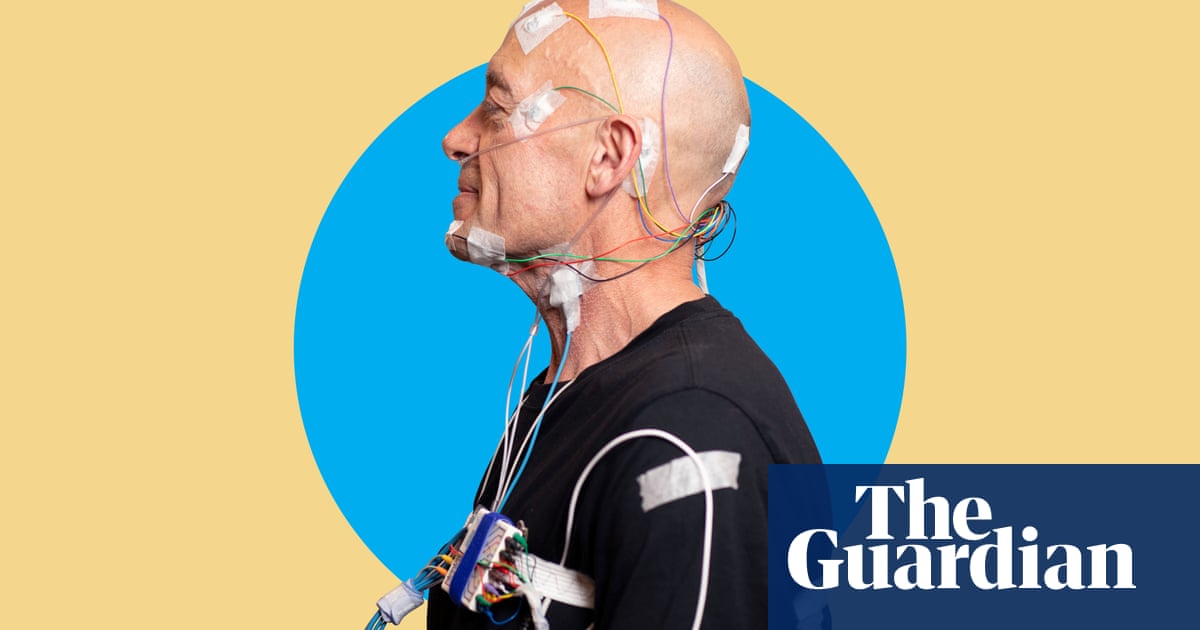
e have donned our double gloves, face masks and eye shields – Covid-19’s fashion essentials. The biosafety cabinets whirr reassuringly in the background, the robots hum, and the radio blasts rock tunes. All systems are go. Then comes the call: “We are finished. No more swabs. You can go home.” It’s midday. Our shift had only started at eight.
Much fanfare has been made of the need to scale up Covid-19 testing. But the truth is: the country’s capacity to test for coronavirus is being wasted. Meanwhile, NHS workers are under-protected and under-tested. On Wednesday alone, more than 700 deaths were recorded in the UK due to Covid-19. One in five deaths are now linked to coronavirus. These numbers are dreadful, and yet they are likely to be an underestimate: the government’s figures cover only hospital deaths, but new data revealed 521 Covid-19 deaths in the past few weeks in the care homes of two leading service providers. Strikingly, these firms account for only 3% of all care homes. The true death rate in the UK’s care homes, and in the country overall, could be much higher.
Testing is a crucial component of any public health response to an epidemic, and a key way to reduce deaths. And in UK laboratories, we now have the capacity to test tens of thousands of samples. Yet, Sir Patrick Vallance, the government’s chief scientific adviser, recently suggested that the UK has not been increasing its testing capacity quickly enough. And Prof Chris Whitty, England’s chief medical officer, said Germany – which can now test more than 500,000 people a week – “got ahead” in its ability to test for coronavirus. Indeed, statistics from the Department of Health show that while our cumulative deaths climbed from 4,900 on 5 April to almost 13,000 today, the number of tests carried out in the UK has stagnated at about 12,000.
When health secretary Matt Hancock visited our Milton Keynes laboratory last Thursday, he avowed that our jobs were crucial, and thanked us for our service. Our workplace, where we test patient samples for the virus, has been called the “biggest diagnostic lab network in British history”, with capacity to process more than 5,000 swabs, eventually projected to reach 30,000 swabs per day. And yet at our testing centre on Tuesday this week, we processed just over 1,000 samples. The day before, the total was 1,300, and three days ago 1,800.
Our shifts were meant to be excruciating 12-hour marathons. In reality, they are rather more like laid-back morning jogs. Dozens of academics and laboratory personnel from all over the UK languish in a hotel with nothing to do. Millions of pounds of equipment borrowed from universities and companies rests silently in the evening hours, when the noise of our collective toil should be deafening.
The problem does not lie in the laboratories, or the personnel. The UK has an army of skilled researchers at its disposal. More than 1,200 scientists had volunteered their expertise in the fight against coronavirus in Cambridge alone by early April. Dozens signed up to help in Milton Keynes. The equipment and reagents are all available, now that Thermo Fisher Scientific has confirmed it will supply the UK with all the testing kits it needs. And “scale up” has been the mantra at Milton Keynes since I arrived last Monday. We were promised 5,000 samples “to begin with”. We never saw those numbers. They told us we should prepare for a 24-hour operation, but we are done in four or five.
Disappointment abounds – and understandably so: all the staff, volunteers and managers have mobilised in an unprecedented manner for the mission. They created a world-class Covid-19 diagnostic centre from scratch in a couple of weeks, with precise protocols, standard operating procedures and training expertise to go with it. The tests are accurate, quality control checks are run daily and improvements constantly implemented. The lab continues to scale up and expand, with new robots and automated procedures coming online every day. The expertise and dedication of the frontline staff and management is truly commendable. It is proof of the excellence of the UK bioscience sector.
So, what is the problem? Where is the bottleneck? Maybe it is simply that fewer people were tested over the Easter weekend. But the virus does not respect holidays. Some days, we have been told that more than 4,000 swabs were offered, but people did not take advantage of them. Fine – but surely those swabs could be repurposed, and the spare capacity redirected? And even if test numbers do pick up today, or tomorrow, the rate of increase is far too slow for both the scale of this emergency and what our laboratories can handle
We are all being let down by a government that may have decided testing is, after all, not that important, despite the successful examples set by South Korea and Germany. On 12 April, the United States performed 140,000 tests. Italy more than 48,000. Turkey 35,000. Germany is averaging 50,000 a day. In the UK, total tests numbered just short of 16,000 on Tuesday. Just in our lab, we could have easily done 8,000. We are ready; why aren’t we being sent more swabs?
Gianmarco Raddi is a molecular biologist and a student doctor at the University of Cambridge












